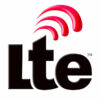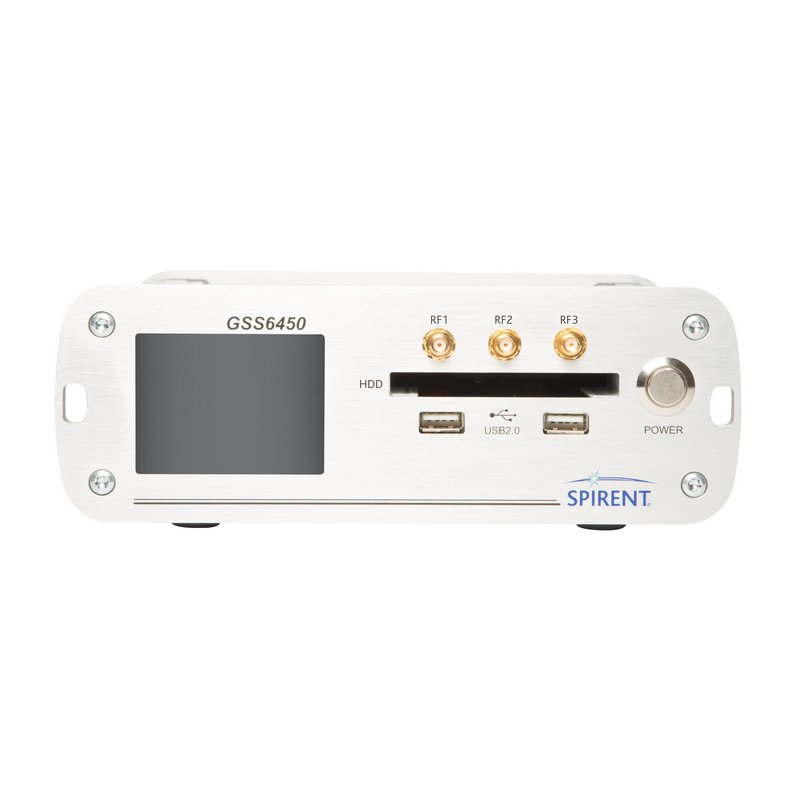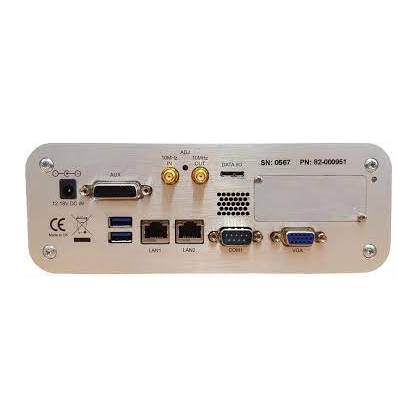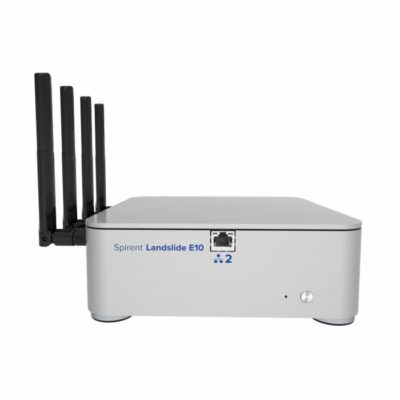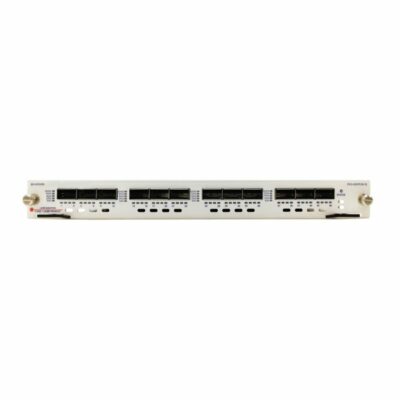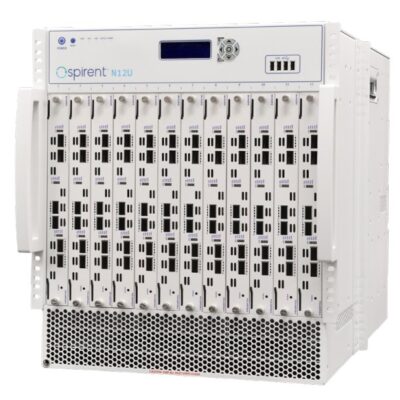Spirent GSS6450
The GSS6450 RPS digitises and stores the RF signals from the real RF environment. These recordings are then made available for subsequent playback, faithfully reproducing propagation effects such as multipath, fading, obscuration and interference to allow testing of GNSS chipsets, receivers and systems under realistic conditions.
Description
Spirent GSS6450 Multi-frequency Record & Playback System
With the Spirent GSS6450 RPS, it’s simple and quick to capture GNSS & other RF signals as they are received for subsequent use in a laboratory test environment.
The GSS6450 RPS digitises and stores the RF signals from the real RF environment. These recordings are then made available for subsequent playback, faithfully reproducing propagation effects such as multipath, fading, obscuration and interference to allow testing of GNSS chipsets, receivers and systems under realistic conditions. You save project, travel and engineering costs
while improving product performance, quality and time to market.
The flexibility of the GSS6450 to record multiple frequency bands concurrently means the RPS can be used to test multi-GNSS chipsets and devices in wireless, cellular, automotive, navigation, aerospace, and defence and survey applications. The user can select different dynamic ranges depending on their application and storage requirements.
The GSS6450 RF RPS includes three RF I/O ports. RF1 has optimised filtering for the recording and playback of GNSS signals, while RF2 and RF3 offer wider bandwidth to cover Cellular and Wideband signals respectively.
For interference and jamming testing in-built Spectrum Analysis software is available.
Why you might need the GSS6450?
The GSS6450 Record and Playback System reduces your field-trial and travel costs substantially by allowing you to record reallife GNSS, WiFi and Cellular signals (including real world fades, multipath and in-band interference) onto the internal SSD of the RPS. Once you have recorded this data you can repeatedly play it back into your system under test in the comfort of your own lab,
without the need to return to the field, saving you time and money.
Typical Applications include:
- Software and Hardware Testing
– Repeatability tests
– Manufacturing test
– Performance analysis
– System trials - Algorithm studies
– Sensor integration
– Position
– Multipath
– Sensitivity - Interference Monitoring and jamming
– Application Sectors:
– GNSS chip and board design
– Cellular manufacturers
– Chipset manufacturers
– Aerospace and Defence
– Survey
– Research
– GNSS Product Manufacturers
How it works
The GSS6450 RPS employs a low noise amplifier for optimum overall system noise performance prior to down-converting to IF for digitising. An AGC circuit caters for a wide range of active or passive antenna gains. Standard antennas with gains of up to 27 dB and 3.3 or 5 Volt nominal DC power can be used directly on RF1. RF2 and RF3 do not supply an antenna voltage. The AGC values are written to a file during recording.
The digitised IF is stored on an internal 2 TB SSD giving up to 50 hours2 of record time. Along with the data file containing the digitised signals, an accompanying information file is automatically generated containing details such as record time and date. You can add further data to this file for record keeping purposes. The internal hard disk contains the Linux file system together with the applications and all user data. You have more than 900 GB available to store signal data. You can plug a second removable SATA drive into the front panel SATA port. This second drive is a bare drive without any housing, plugging directly into the SATA port.
The GSS6450 incorporates a 1.5 GHz quad core AMD-G Series processor with 8 GB RAM, which runs the Linux Mint operating system. You can add your own applications and scripts to this his PC; simply add a display and keyboard (not supplied) to see the Linux Desktop. A WebServer is also available for control of the GSS6450 via a network, optional WiFi adapter or using a web browser of the Desktop.
Several sampling options are available. Standard 44dB or Advanced 56dB dynamic range sampling is suitable for commercial applications testing while keeping data storage levels down; the full High dynamic range 80dB sampling provides the capability for interference and jamming testing scenarios.
You can record serial data streams (such as 1PPS timing signals and dead-reckoning sensor data) synchronously with the raw GNSS signal. The data is stored in the SAME file as the raw GNSS signal, so playing back the GNSS signal file synchronously plays back the data. You cannot separately download the stored data. You can record two Synchronous Inputs per frequency recorded, up to a maximum of eight synchronous inputs.
During any recording session you can log data on the Serial COM 1 port to a file. The RPS stores these files separately from the GNSS signal data, and you can separately view, download or edit them. You can add a timestamp to the serial data. NMEA data from the internal GNSS receiver can also be stored to a file during record or playback.
You can record or playback Video files through the attachment of a Webcam to any of the four USB ports. Therefore up to four video streams can be stored at any time. Video files, although stored separately from the main GNSS data file, will play back within 0.5 seconds of the GNSS data, with a potential drift rate of 0.25 seconds per hour.
On playback the IF signal is recreated and then up-converted to RF at the relevant RF frequency using the same built-in oven stabilised local oscillator (OCXO) as used to record the data for minimum phase noise. The RF output can use the AGC files recorded to adjust the output RF signal level to have the same power level seen during the recording. A control allows the recorded AGC file to be ignored and sets the output to a nominal level. The output level can also be increased by +0, +10 or +20dB. It is also possible to fix the input gain (per RF input) for amplitude varying or intermittent signals such as WiFi.
When fixed input gain is used, the dynamic range is reduced.
A stepped attenuator provides attenuation across all channels in 1 dB steps up to a maximum of 20 dB. You can add an additional 20 dB attenuation, in 1.0 dB steps on a per channel basis, allowing you to vary the replayed signal levels with respect to each other, or balance the C/No values as reported on an attached GNSS receiver. You can turn on, or off, individual signal channels using the WebServer.
You can also configure the RF1 output as standard, or high-level, using a switchable 30 dB attenuator. The high-level setting (attenuator disabled) is nominally 30 dB higher than when set as normal output (attenuator enabled).
Typically, the GSS6450 RPS plays back recorded GNSS signals within 1 to 2 dB of the original signal levels as seen on an attached GNSS receiver.
The GSS6450 includes an internal, L1 only, GNSS receiver that allows you to view the satellites tracked during recording or playback. The internal receiver shows GPS and Galileo signals with either GLONASSS or BeiDou. The front panel display and WebServer let you view C/No levels and position of the GSS6450.
You can synchronously start recording or playback of the GSS6450 on receipt of a pulse at the AUX port. This is useful for synchronising record/playback with other systems.
The GSS6450 is available in a Replay only configuration; for which the performance is identical to the GSS6450 RPS, except the record functionality is absent.
Additional information
| Brand | Spirent |
|---|---|
| Type | GNSS simulator |


